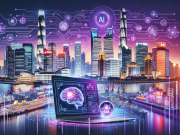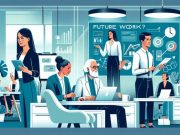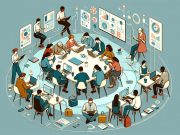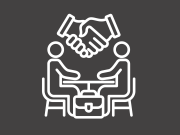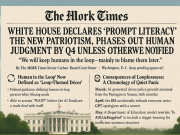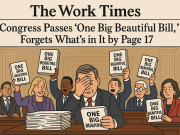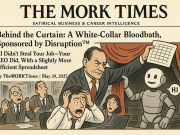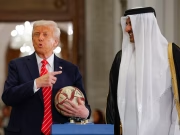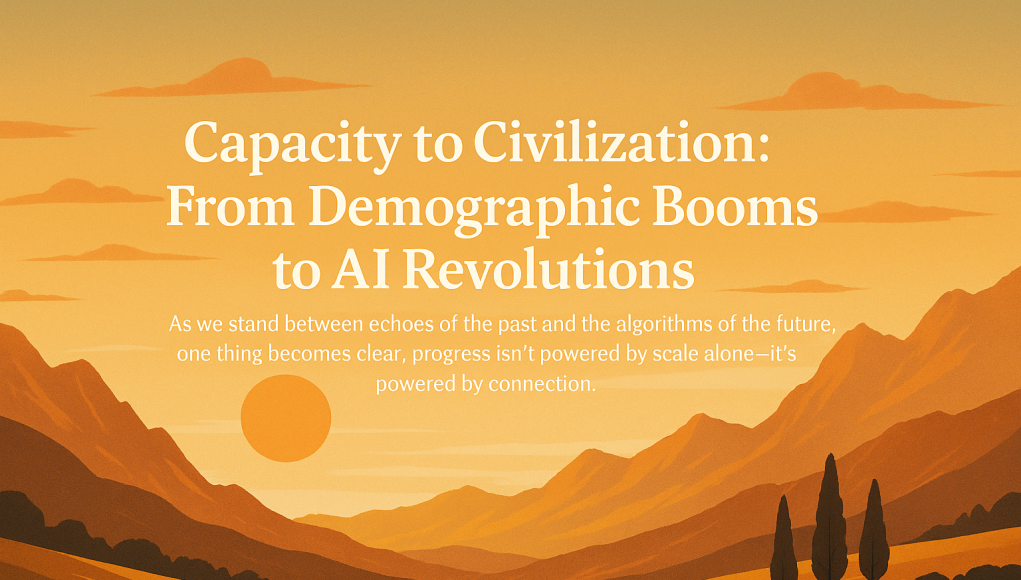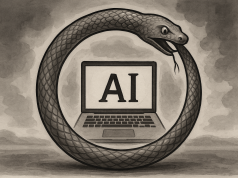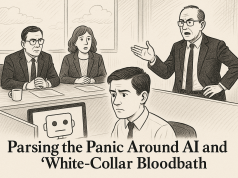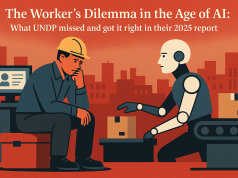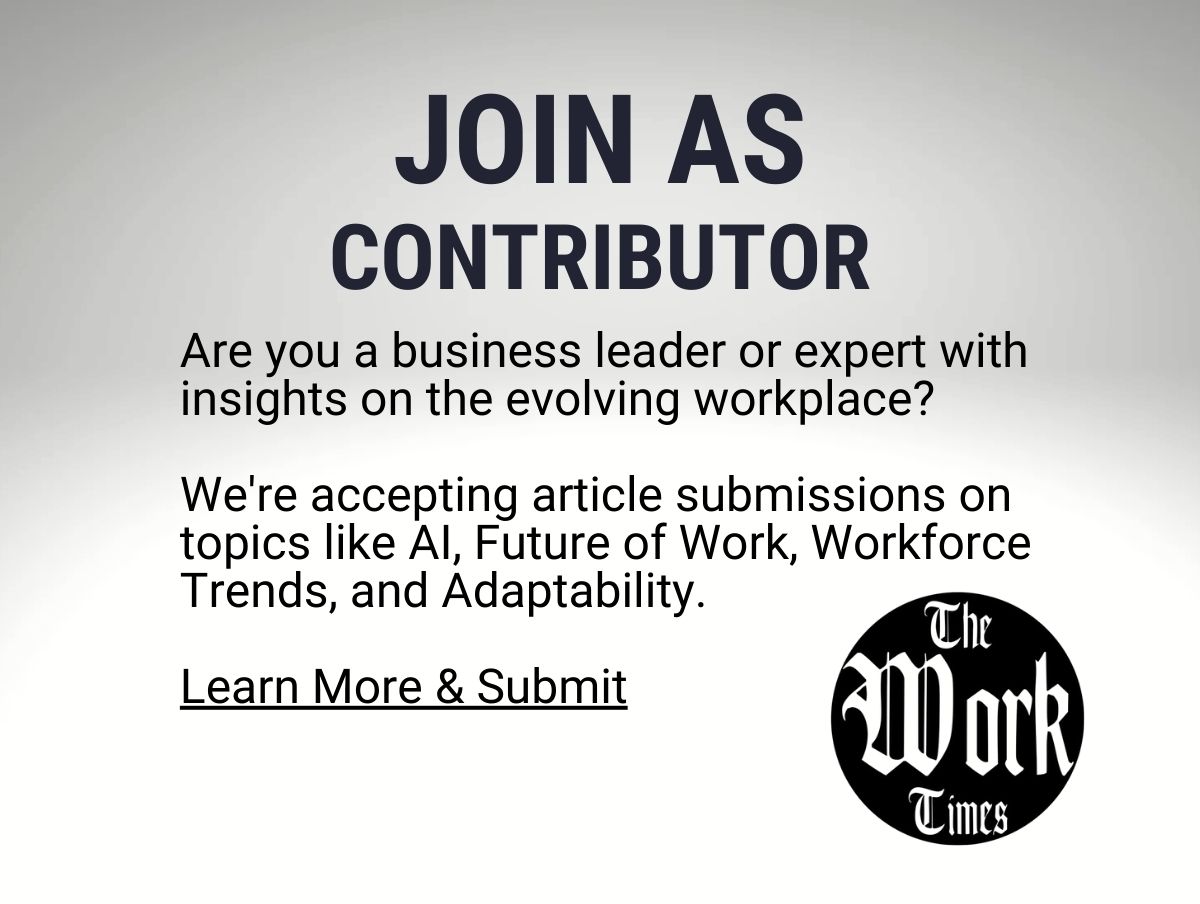In the shifting sands of global power, history doesn’t just repeat—it recalibrates. Once, it was babies who shaped empires. Today, it’s bots. But whether it’s newborns flooding rural hospitals in 1950s China or algorithms flooding workflows in today’s tech stacks, the real story lies not in the boom itself, but in what we do with it. This three-part exploration journeys from China’s demographic uprising to today’s AI upheaval, tracing a simple but urgent truth: capacity without connection is chaos, but with vision, it becomes civilization. Welcome to a conversation about workers, wisdom, and the world we’re building next.
- Of Babies and Balance Sheets: How China’s Population Boom Built an Economic Empire
In the great ledger of human history, few entries are as consequential—and as underestimated—as a baby boom.
Let’s rewind to post-war China. The year is 1950. Chairman Mao is still adjusting his cap, the West is nervously adjusting to the Cold War, and China is entering what demographers would later call a “population explosion.” Millions of babies are born with clockwork consistency, ushering in not just a generation but an era of raw, unrefined potential.
For decades, Western observers fixated on China’s ideology. But behind the red banners and little red books was something far more formidable: scale. Not just ideological scale, but human scale. A swelling, teeming wave of youth growing into a workforce that would change the global economy.
People: China’s Original Natural Resource
While nations squabbled over oil, gas, and gold, China leaned into something more renewable: people. Not necessarily because they planned it that way, but because it was what they had—and plenty of it.
And then came the genius move: connectivity.
Throughout the 1980s and ’90s, China built the roads, rails, factories, and policies that turned bodies into output. Workers didn’t just find jobs—they were placed into a grand system of synchronized labor. Millions entered industrial hubs where their collective productivity compounded like interest.
“The strength of the team is each individual member. The strength of each member is the team.” — Phil Jackson (and probably every Chinese economic planner circa 1985)
China’s government didn’t teach every worker to be a genius. But they made sure every worker had a machine, a task, and a trajectory. The rest, as they say, is globalization.
Demographics as Destiny
Economists now cite China’s “demographic dividend” as a core reason for its rise. Between 1980 and 2010, the working-age population grew by hundreds of millions, powering factories that made everything from Barbie dolls to semiconductors.
It wasn’t a perfect story—there were costs in human rights, environmental degradation, and income inequality—but from a macroeconomic standpoint, China showed the world that when you align people with access, you generate momentum that no spreadsheet can predict.
The power didn’t come just from having more people. It came from empowering them, organizing them, and giving them a stake in the machinery of national progress.
The Missed Moral
The real lesson? It’s not about how many people you have. It’s about what you do with them.
In nature, locusts and ants may be equally numerous. But while locusts create chaos, ants build civilizations. The difference isn’t biology—it’s coordination.
China didn’t just have a population boom. It had a coordination boom. And that’s what turned babies into the bedrock of a superpower.
A Glimpse Forward
As we stand at the edge of another transformation—this time driven not by biology, but by artificial intelligence—we’d do well to remember: scale without connection is noise. Scale with purpose is power.
China’s rise wasn’t just a demographic fluke. It was a preview. A reminder that the future doesn’t belong to the most technologically advanced. It belongs to those who best connect potential to purpose.
And in Part II, we’ll explore why AI might be our next “population boom”—and what happens if we fail to connect its promise to our people.
Here’s Part II of the long-form blog, continuing the narrative arc and tone established in Part I:
- Of Algorithms and Unrest: Why AI Feels Like Déjà Vu (and How We Can Learn from China’s Past)
If the 20th century was shaped by baby booms, the 21st is being redefined by bot booms.
Only this time, they don’t cry, don’t sleep, and definitely don’t ask for maternity leave.
We’re in the middle of a workforce transformation so fast it makes the Industrial Revolution look like a slow jog through a foggy British morning. AI is no longer the stuff of speculative fiction—it’s writing that fiction, editing it, designing the cover, and optimizing its SEO by lunchtime.
But here’s the twist: just like China’s demographic explosion decades ago, AI today is a sudden abundance of raw capacity. What we do with that capacity will define whether we stumble into disruption or stride into renaissance.
From Cradles to Code: Spot the Parallel
When China’s population surged post-1950, the raw numbers alone weren’t the advantage. It was what came after—the systems built to channel that labor into productivity.
Today, AI is our new “worker influx.” Large language models, robotic process automation, machine vision—suddenly, we have millions of digital workers who don’t sleep, strike, or snack.
The problem? We’ve built the bots, but not the blueprint.
It’s like waking up with a factory full of robots and realizing no one remembered to give them the instruction manual—or worse, gave them the wrong one and put them in HR.
The Displacement Dilemma
Workers around the world feel the tremors. Graphic designers second-guess their careers. Customer service reps are quietly replaced by scripted chatbots. Analysts compete with algorithms that don’t need coffee breaks.
It’s tempting to declare a labor apocalypse. But history whispers otherwise.
When China’s population bulged, many feared chaos. Instead, the state connected young workers to industry, gradually upskilled them, and sparked a decades-long economic surge.
The difference between disruption and transformation? Connection.
Just as China turned babies into builders, we can turn AI from a threat into a teammate—but only if we connect it wisely to the workforce.
A Brief Word on False Choices
We’re told it’s humans vs machines. This binary is as tired as a 90s modem.
Here’s the truth: It’s not AI that replaces jobs—it’s disorganized adoption of AI that replaces people.
The real threat isn’t AI taking your job. It’s your job evolving while you’re left out of the conversation. That’s not a tech problem. That’s a human systems problem.
From Boom to Balance
If the last century was about organizing labor, this one is about organizing intelligence—human and artificial. And the nations, companies, and communities that win won’t be those with the most AI—they’ll be those with the best AI-human alignment.
And that, dear reader, brings us to the heart of the matter: we need a new blueprint for workforce empowerment. One that treats AI not as a replacement, but as a relay partner. One that scales not just code, but compassion.
- Of Worker1 and Wisdom: Why the Future Demands Connection, Not Just Code
If Part I was about babies, and Part II was about bots, then Part III is about the bridges we must build between the two.
Because while the baby boom gave us labor and the bot boom gives us scale, only connection gives us meaning.
We’ve seen this movie before: an explosion of capacity, followed by confusion, then—eventually—clarity. But unlike China’s demographic surge, which unfolded over decades, AI is unfolding over months. And this time, we don’t have the luxury of stumbling toward strategy.
Enter Worker1: The Ant Who Questions the Colony
In nature, ants don’t just work. They communicate. Through scent trails, vibrations, and quiet collaboration, they build civilizations that survive storms and species extinction.
Worker1 is that ant—with a twist. They’re not just efficient. They’re empathetic. They don’t just execute. They elevate. They don’t see AI as a threat, but as a toolkit—one that must be shared, explained, and made accessible to their community.
Worker1 represents the evolved worker of the AI age: curious, connected, and community-centric.
And platforms like TAO.ai, AnalyticsClub, and Ashr.am? They’re the scent trails. The systems. The silent, scalable glue that brings Worker1s together—not just to survive disruption, but to direct it.
“Give me a lever long enough and a fulcrum on which to place it, and I shall move the world.” — Archimedes
Why Platforms, Not Pity, Will Save the Workforce
While some are preparing for a dystopian showdown between man and machine, we’re preparing for something far less cinematic but far more profound: collaborative ecosystems where human potential is enhanced, not erased.
TAO.ai doesn’t just connect job seekers with jobs. It connects intent with opportunity, skills with growth paths, and communities with each other. It’s not an app. It’s an amplifier—for Worker1s and for the quiet leaders waiting to be activated.
Ashr.am builds the environments—mental, digital, and physical—where stress gives way to creativity. AnalyticsClub turns isolated learners into collaborative explorers. TAOFund seeds the next generation of ideas that prioritize people and purpose.
The Real Call to Action: Invest in the Connective Tissue
Here’s what history—and AI—teach us: Raw potential is worthless if it isn’t organized. Just as China organized people into productivity, we must organize intelligence—human and machine—into purpose.
This means:
Funding platforms that train and connect.
Building ecosystems that prioritize people, not just output.
Rewarding those who grow communities, not just codebases.
The world doesn’t need more algorithms. It needs more alignment.
Final Thought: From Boom to Balance
AI may be the most powerful workforce we’ve ever created. But without workers like Worker1, and platforms that elevate rather than isolate, it’s just noise at scale.
The future isn’t about replacing humans. It’s about repositioning them as orchestrators of intelligent ecosystems. Because when we empower Worker1s and connect them with tools, training, and trust, we don’t just adapt to the AI age.
We lead it. Together.
As we stand between echoes of the past and the algorithms of the future, one thing becomes clear: progress isn’t powered by scale alone—it’s powered by connection, compassion, and coordination. China’s rise wasn’t about having more people; it was about empowering them. Our next rise won’t come from having smarter machines, but from building smarter systems that elevate the human spirit. Worker1 isn’t just a role—it’s a renaissance. And platforms like TAO.ai aren’t just tools—they’re trellises for growth in a world of accelerating change. The future doesn’t need more disruption. It needs more design—rooted in empathy, fueled by intelligence, and led by those willing to build together.

